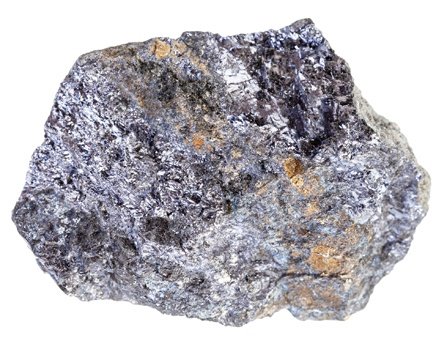LEAD
 The main usage area of lead is battery manufacturing and the insulation of underground communication cables. Lead oxide paints, which prevent corrosion, are important for the coating of cables. It has found important areas of use such as an octane adjusting compound in gasoline in the form of lead tetraethyl and tetramethyl; for protection from x-rays, as it is the metal that transmits the least radiation; in the production of color television tubes and production ammunition.
The main usage area of lead is battery manufacturing and the insulation of underground communication cables. Lead oxide paints, which prevent corrosion, are important for the coating of cables. It has found important areas of use such as an octane adjusting compound in gasoline in the form of lead tetraethyl and tetramethyl; for protection from x-rays, as it is the metal that transmits the least radiation; in the production of color television tubes and production ammunition.
Lead, which is placed 34th among the elements found on earth, has atomic number of 82 and its atomic weight is 207.21. Lead, whose genuine crystal structure is rarely found in nature, crystallizes in the cubic system. It is gray in color and has a metallic sheen. The melting point is low (327 °C), the boiling point is 1525 °C (at 1 atmosphere). Being resistant to corrosion, easily formed, and with a high specific gravity (11.4 t/m3), lead has the characteristic of being used as various alloys. As it has a low tensile strength (1 t/in2), its area of use is limited in situations where stretching is important. In addition to being the most resistant to corrosion among base metals, it also has flattening and wire drawing properties. Lead forms 5 types of oxidized compounds: PbO, Pb203, Pb04, Pb02, and Pb20. The most durable one is PbO.